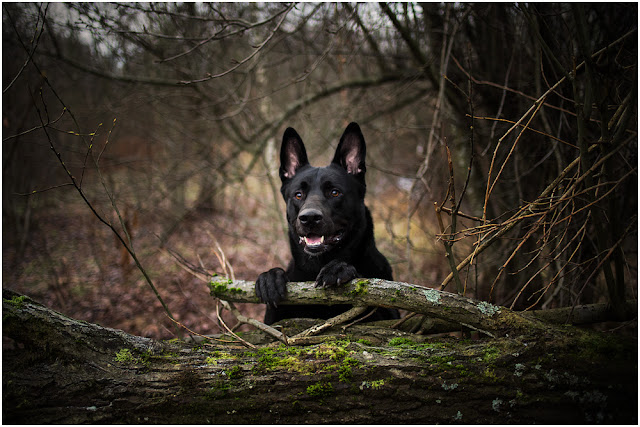Cow Parsley
Cow Parsley - Anthriscus sylvestris, is a member of the large Apiaceae family of which there are nearly 3000 variants, encompassing among them, celery and carrots! [1] Cow parsley is known by several other names, some used widely across the UK, such as Queen Anne's Lace, Bishop's Flower, or even the dramatic Mother Die. But in the east midlands, and especially Lincolnshire and its near neighbours, this familiar wildflower is known simply as Kecks, Kex, or Kek.
Though researching this article, it quickly became apparent this is something of a "catch-all" term with people applying the term kecks, to not just true cow parsley, but also other members of the Apiaceae group, such the daintier shepherds parsley, Chervil, and even Ground-Elder. Given all feature the tall stems ending in plates or umbrella of fine white flowers with the only slight differences in appearance being usually height or leaf shape it's an easy mistake (more on mistaken identity later).
However I came across some names that were apparently local to Lincolnshire. For example around the Frieston Fishtoft parishes the plant was at one time known as Satan's Bread [2]. And Gypsy Bread further north in the county on the Isle of Axholme [3]. But in all other cases it could be identified by the name Kek or Kecks. Trying to track down the origin of this name, led to a rather surprising discovery. Anyone reading this who is familiar with German, will already know that Kek is the German word for biscuit. But in trying to find some copyright free botanical drawings to illustrate this article, I unexpectedly found myself browsing the Swedish language pages of Wikipedia, where I learned that the Swede's know Cow parley as Hundkex [4], literally Dog's Biscuit. Is it unreasonable to see our Lincolnshire Kecks / Kex being a shortening of the Swedish name? Even the biscuits - bread in our other variants would suggest a tentative link. Though I'm at a loss to explain the presence of an albeit mangled Swedish loan-word in Lincolnshire. I'm open to suggestions from readers here.
 |
Hundkex. A figure from "Bilder ur Nordens Flora" written by CAM Lindman. first published in 1901-1905 |
Another name used within Lincolnshire, and other places in the UK, the rather dramatic Mother Die. Which appears to come from a folk belief that children picking the plant could cause their mothers death. This might have been employed as a name to frighten children, and to deter them from unwittingly picking the highly poisonous, so potentially deadly, and very similar in appearance, Hemlock - Conium maculatum by mistake.
Though, such dire warnings didn't deter all children. And one visitor to the website www.plantlore recalled in a comment that
" In 1950s Kesteven Lincs, we schoolboys made whistles from the hollow stems of Keck by making a slice across with a penknife and feeding in a blade of grass to act as a reed. One lad even made holes to change the note like a flute! " [5]
Though others added that instead of flutes, the dry stems also made most excellent pea shooters!
I'm certain dear reader, that you'll be more than familiar with this most common roadside plant, so I'm asking do you know it by any other names, or are you aware of any other superstitions or uses it could be put to? Please leave a comment, or alternatively email: boggartstones@gmail.com
----------------------------
Sources and further info:
[1] Wildlife Trust. Link: https://www.wildlifetrusts.org/wildlife-explorer/wildflowers/cow-parsley
[2] Lincs. Folk Names. Lincolnshire Folk Homes for Plants Edited by the Rev. E. A , Woodruffe-Peacock- Published at the end of some of the numbers of the Lincolnshire Notes & Queries, Vols. IV and V.
[3] Twitter. Link: https://twitter.com/dean194bt/status/1660268867287908354?s=20
[4] Wikipedia. Link: https://sv.wikipedia.org/wiki/Hundk%C3%A4x
[5] Tony's Blog- Kecks, Kicksies & Cow Parsley. Link: https://diaea2.blogspot.com/2013/01/keck-kicksies-and-cow-parsley.html



Comments
Post a Comment